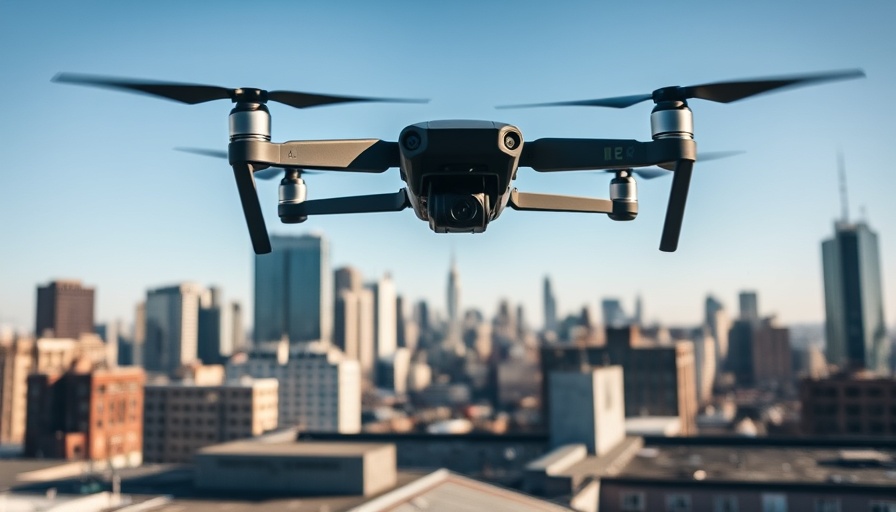
Revolutionizing Emergency Response with Drones
The integration of drones into emergency services through Drone as First Responder (DFR) programs represents a transformative shift in public safety strategies. At the Drone Thought Leadership Summit, conducted by the University of Virginia, experts emphasized the significant operational challenges in urban settings, notably connectivity issues. With towering buildings and dense infrastructure, urban landscapes can inhibit traditional radio frequency (RF) signals essential for drone operations, highlighting a crucial obstacle for first responders in critical situations.
The Importance of Reliable Connectivity
For first responders, maintaining consistent video and control links during missions is vital. Loss of connectivity can severely hamper situational awareness, forcing responders to make decisions without complete information. Not having live video feeds can lead to either over-resourcing an incident or entering a potentially hazardous situation blind. As Ryan Kao of Skydio pointed out, understanding the landscape before reaching the scene can significantly improve outcomes. Thus, addressing connectivity gaps is not merely a technical challenge, but a life-saving necessity.
Innovative Solutions to Connectivity Challenges
Conversely, during the summit, innovative technologies aiming to mitigate connectivity issues were highlighted. One of the standout solutions is Skydio Connect Fusion, a pioneering feature allowing drones to maintain operations by switching seamlessly to 5G or LTE networks when RF connections falter. According to Kao, this functionality is crucial for navigating urban environments, as it empowers drones to continue their mission autonomously without losing critical data streams.
Implications for Public Safety Agencies
The implications of such technological advances are profound. Agencies equipped with drones capable of enduring connectivity interruptions can achieve heightened situational awareness and operational efficiency. This means potentially fewer personnel on scene while still ensuring effective responses to emergencies. With reliable connectivity, public safety agencies not only streamline their operations but also enhance safety for both responders and the public.
The Road Ahead for Drone Programs
As agencies explore integrating drones into regular operations, overcoming connectivity challenges will be paramount. Bridging RF and cellular networks isn't just a technical upgrade; it's key to scaling DFR initiatives and embedding drones in daily public safety workflows. The dialogue around these challenges underscores a critical trend towards the adaptation of advanced technology in enhancing community resilience and emergency responsiveness.
Actionable Insights for Engaging with Drone Technology
For industry professionals and tech enthusiasts, understanding the nuances of drone connectivity can spell the difference between deploying a reliable asset or a limited tool in emergencies. Keeping abreast of the latest innovations, like Skydio's advancements, not only aids in harnessing this technology responsibly but also contributes to the broader conversation around integrating drones into public safety strategies.
In conclusion, the ongoing exploration of drone technologies and their applications in urban emergency response offers exciting possibilities. As barriers are dismantled and reliability increases, we will likely see greater acceptance and utilization of drones in critical response scenarios, solidifying their role as indispensable tools for public safety.
 Add Row
Add Row  Add
Add 




Write A Comment